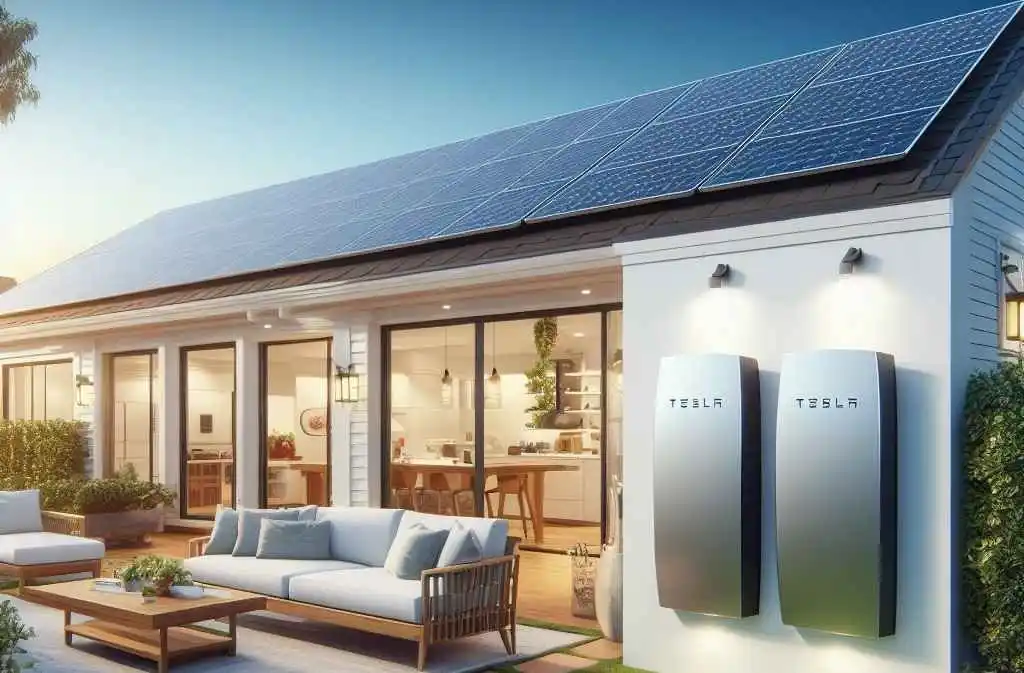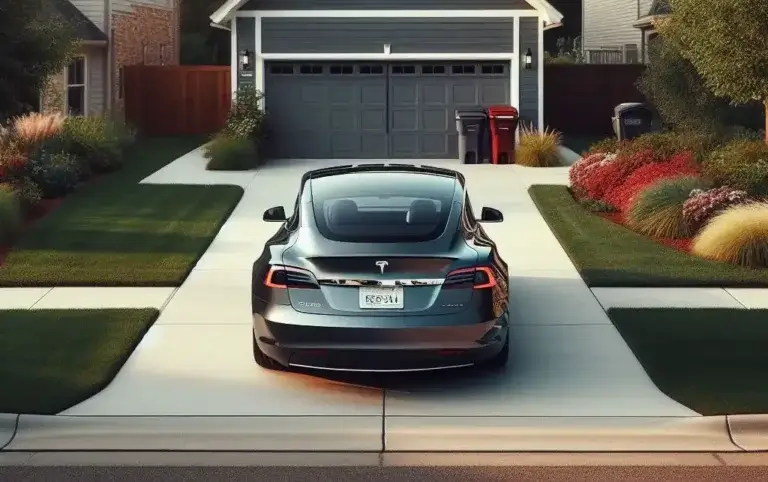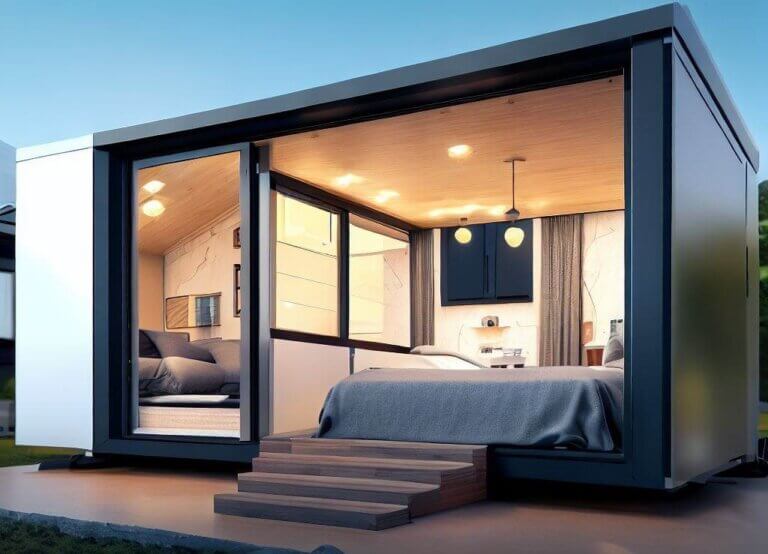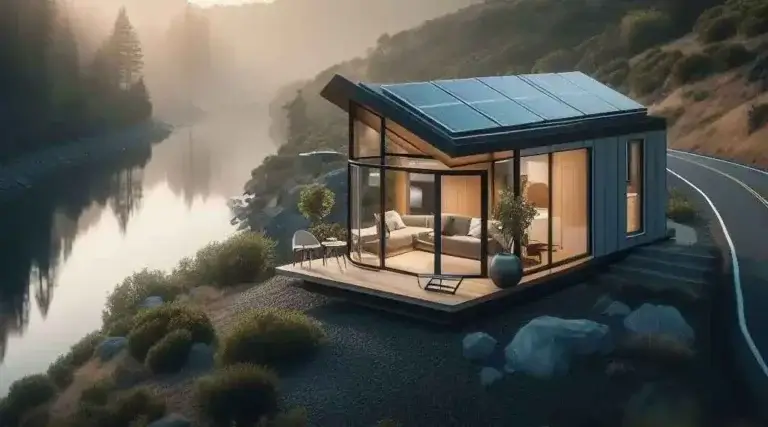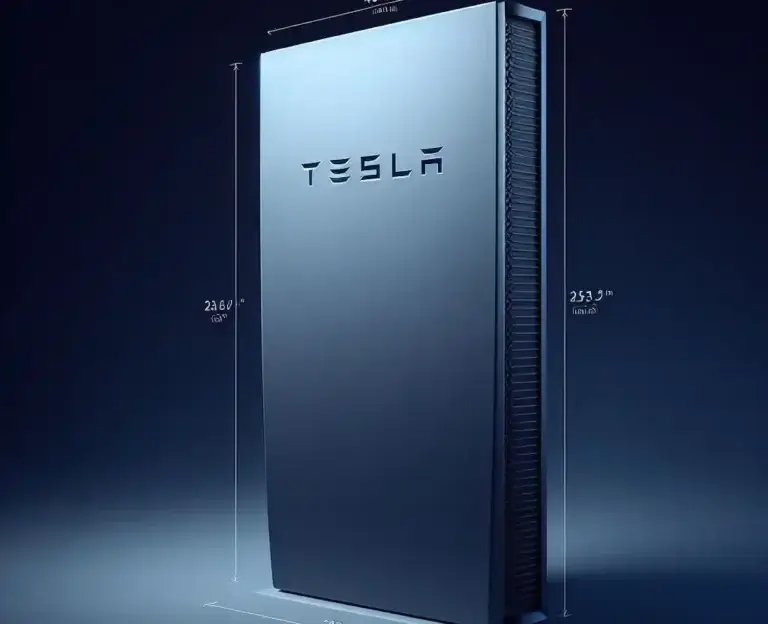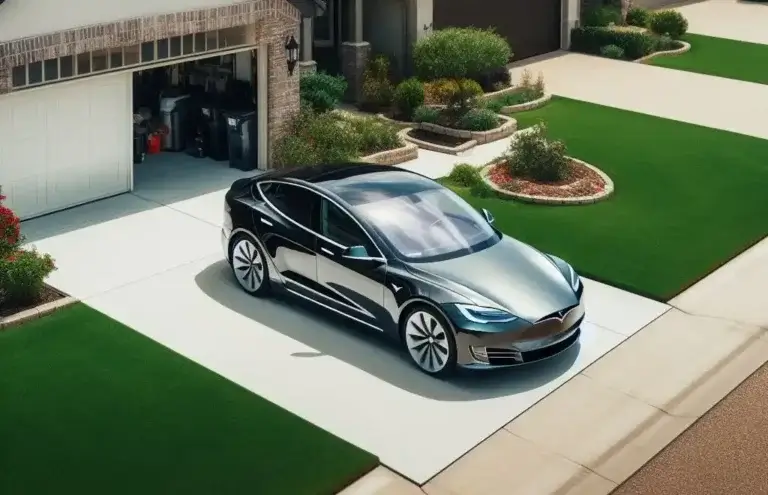Tesla Ramps Up Solar Roof Tile Production in Buffalo Gigafactory
Tesla has big plans for solar energy, aiming to accelerate the world’s transition to sustainable energy with affordable, integrated solar and energy storage products. Central to this vision is the company’s solar roof tile technology and Gigafactory 2 facility in Buffalo, New York which manufactures innovative glass tiles that convert sunlight into electricity. As Tesla continues to scale production, what does the future hold for its solar roof and Buffalo gigafactory?
An Overview of Tesla’s Solar Roof Tiles
Tesla’s solar roof tiles are designed to look indistinguishable from ordinary roof tiles for homes while also generating clean energy from the sun. The tempered glass tiles contain integrated solar cells and are highly durable as well as weather resistant. Unlike bulky solar panels, Tesla’s solar tiles lay flush to your roof and offer a sleek, streamlined aesthetic while providing the benefits of solar energy generation and even energy storage when combined with the company’s Powerwall battery.
Why Tesla Believes Its Solar Roof Product is Superior
Tesla is confident that its solar roof tiles are a better solution than traditional solar panels for several reasons:
- More aesthetically pleasing – lays flat and flush to the roof
- Greater durability – made of tempered glass to withstand impact
- Requires no drilling or roof penetrations
- Fast and easy installation
- Integrated solar cells generate more energy per square foot
- Can store solar energy with a Tesla Powerwall battery
- Lower cost over time than a normal roof + solar panels
Tesla CEO Elon Musk has stated that solar roof tiles will cost less than an ordinary roof at the time of roof replacement when taking into account the energy savings. The company expects its solar products to appeal to homeowners looking to replace their roofs due to age or damage as well as environmentalists and tech enthusiasts drawn to the innovative design.
How Does Tesla’s Solar Roof Tile Technology Work?
Tesla’s glass solar roof tiles contain photovoltaic cells bonded to the backside of the glass. As sunlight hits the tiles, the solar cells convert the light directly into DC electricity. Wires run along the edges of the tiles, interconnecting them to create a fully integrated roof. A Solar Roof Powerhub converts the energy harvested from the sun into usable AC power to run your home or charge up a Powerwall battery. Any excess energy not used by the home gets exported back to the grid.
Tesla offers both active and inactive solar tiles so that sections of the roof without much sunlight exposure don’t need to contain expensive solar cells while still retaining the same appearance. This optimization helps reduce cost while maximizing energy generation.
The Genesis of Tesla’s Solar Roof and the Buffalo Gigafactory
Tesla’s solar roof tile technology originated at a startup called Zep Solar founded in 2007. The company specializes in manufacturing attractive mounting systems that are integrated with traditional solar panels. In 2013, leading residential solar installer SolarCity acquired Zep Solar, folding its engineers into SolarCity’s research and development team. SolarCity was acquired by Tesla in 2016 for $2.6 billion in one of Elon Musk’s boldest moves yet, allowing Tesla to expand beyond electric vehicles into sustainable energy products.
Shortly before the SolarCity acquisition was finalized in late 2016, Musk unveiled his vision for beautifully designed solar roof tiles that would integrate with Tesla’s recently announced Powerwall home batteries to enable sustainable energy independence. People could transform their homes into personal power plants, becoming both energy self-sufficient and a part of accelerating sustainable energy adoption.
To manufacture the new glass solar tile technology at high volumes, Tesla repurposed SolarCity’s existing RiverBend factory in Buffalo into Gigafactory 2. The production facility was originally built with $750 million in investments from New York State under Gov. Andrew Cuomo’s “Buffalo Billion” economic revitalization program. The 1.2 million square foot factory employs hundreds of Buffalo residents and will eventually produce over 10,000 solar panels per day, including both solar tiles and traditional solar panels.
Challenges Faced During Early Development and Production
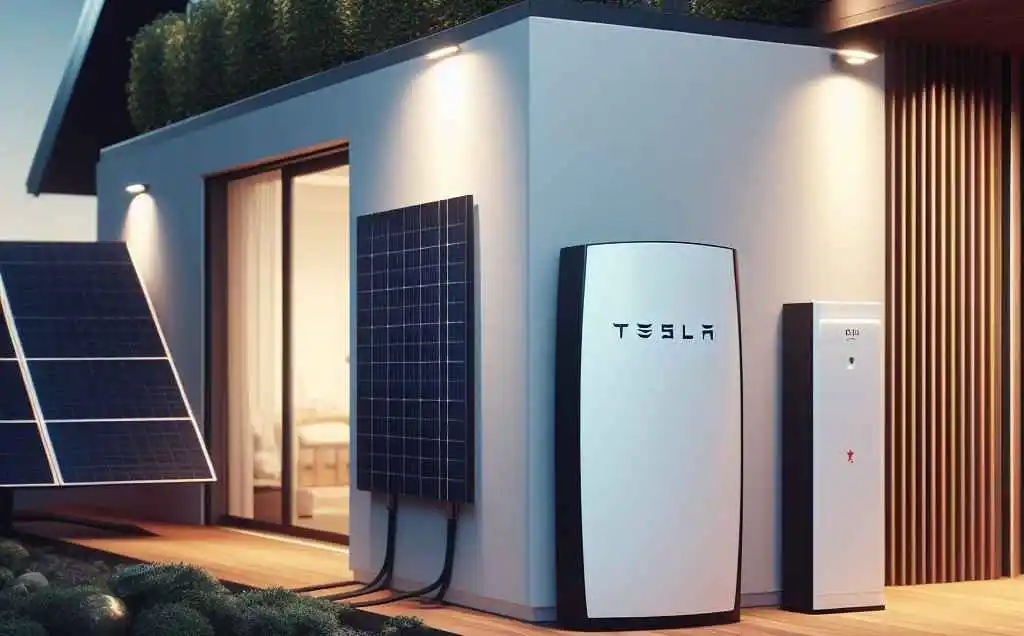
The solar roof tile project faced early difficulties, with the company acknowledging in August 2017 that they still had a “long way to go to perfect the manufacturing process.” Unlike vehicle production where Tesla could leverage experience from its Fremont factory, solar tile manufacturing using glass, silicone, and sensitive electronics proved complex, requiring new specialized equipment and processes to be invented.
There were also worries about Tesla having paid too much for a struggling SolarCity saddled with debt, prompting criticism from some Tesla investors and shareholders who questioned if the company was spreading itself too thin.
Despite headwinds, in October 2017 Tesla powered on its solar roof tile production line in Buffalo and by August 2018 had installed the product on the first customer homes as part of its pilot testing program. Early solar tiles cost around $42 per square foot but Tesla said costs would come down as efficiencies improved and production volumes increased to between 1,000 and 2,000 solar roofs per week.
Controversy Over Job Creation Claims by New York State
While Tesla managed to stand up initial solar tile production by late 2017, the company fell well short of employment promises made as part of its agreement with New York State to invest in Buffalo. Tesla had committed to employing 1,460 workers in Buffalo solar operations by April 2020 but reported having fewer than 800 employees in late 2019. The company was required to pay $41 million in penalties to the State for missing the jobs benchmark, stirring controversy and debate over the public funds spent to attract Tesla.
By early 2022 the story had changed considerably, with Tesla reporting over 3,000 total Buffalo employees across solar, energy storage, service, and powertrain roles. The higher headcounts were attributed both to solar roof tile ramping and new manufacturing lines for Tesla’s energy storage products, the Powerwall home battery, and Megapack utility-scale battery. With Tesla seemingly past its former employment stumbles, New York State’s massive effort to catalyze an economically depressed region via high-tech green jobs appears to have paid dividends.
Where Are Tesla’s Solar Roof Tiles Currently Made?
All of Tesla’s solar roof tiles are manufactured at Gigafactory 2 in Buffalo, NY. The factory has nearly 2 square miles of operational space following recent plant expansions. It began as a solar panel production facility under SolarCity prior to Tesla’s buyout and has been repurposed over time to add new production lines for both solar tiles and Tesla’s energy storage products. Equipment investments from Tesla have made the plant one of the most automated factories in the solar industry.
What is the Current Production Capacity in Buffalo?
After several years of slow initial production, as new custom equipment was installed and processes refined, Tesla appears to have recently hit an inflection point with its Buffalo solar tile manufacturing. While previously constrained to less than 1,000 roof installs per week, the company said in early 2022 that they were nearing 4,000-5,000 solar roofs produced weekly as production lines approached full capacity utilization. With capacity expected to double from current levels as additional floorspace comes online, Tesla may soon be producing solar tiles for 10,000 roofs per week – nearly 30 times more than in mid-2021.
In addition to ramping solar tile output, Gigafactory 2 has added high-volume production of both Tesla’s home Powerwall battery as well as its utility Megapack, with the capacity to produce over 60 gigawatt-hours of annual energy storage deployments supporting Tesla’s solar business and strengthening electrical infrastructure resilience. Tesla also continues to manufacture traditional solar panels in Buffalo for both residential and commercial use. Combined with solar tiles and industry-leading energy storage, Tesla’s Buffalo Gigafactory appears poised for continued growth as a vertically integrated sustainable energy campus.
How Much Solar Has Tesla Installed to Date?
Despite its dominant position in the electric vehicle market, Tesla has faced an uphill battle establishing itself as a leading residential solar provider. Facing an entrenched competitive landscape, Tesla Energy saw solar deployments decrease for a few years following the SolarCity acquisition as it focused on sweeping operational changes and redirecting sales toward its solar roof.
Now with solar tile production scaling in Buffalo and a refreshed solar sales strategy, Tesla reported installations of 106 megawatts worth of solar deployments globally during the second quarter of 2022 – a 25% increase year-over-year indicating a long hoped-for reversal in solar adoption trends. With over 200,000 cumulative solar installs to date and production ramping at Gigafactory 2, Tesla may soon re-cement itself as a top solar player both in the U.S. and abroad.
Key Milestones at Buffalo Gigafactory
- October 2017 – First solar roof tiles produced in Buffalo
- August 2018 – Initial installations complete on pilot customer roofs
- April 2020 – Missed state jobs mandate, pays $41M in penalties
- Q2 2021 – Megapack production line installed for utility batteries
- Q3 2021 – Powerwall line installed to produce home energy storage
- Q4 2021 – Reported over 3,000 employees across Buffalo roles
- Q1 2022 – Solar tile production approaches 4-5K roofs/week
- Q2 2022 – 106 megawatts of total solar installed by Tesla
Future Opportunities and Growth Forecasts
With solar tile production scaling significantly, Tesla has an opportunity to tap into substantial new markets for distributed solar electricity generation and residential battery storage. U.S. home solar adoption is still under 4% while the global residential solar market is forecasted to grow at an annualized 13% over the next 5 years. If Tesla’s integrated solar+storage products catch on as Elon Musk expects, the Buffalo Gigafactory is poised for major growth supporting what could become a multi-billion dollar energy business.
While Tesla’s bold vision of sustainability and energy independence has sometimes faced setbacks on the road to fruition, the company has proven resilient at learning from challenges anditerating its way to success. With Model 3 demonstrating the potential for mass-market electric vehicle adoption and factories scaling new technologies like 4680 batteries, Tesla’s capacity to ultimately disrupt global sustainable energy appears stronger than ever. Perhaps within the next decade, solar roof tiles and Powerwalls will become regular sights in neighborhoods across the U.S. as Buffalo solar production helps make Elon Musk’s aspirations a reality.
Frequently Asked Questions
Q: How much does a Tesla solar roof cost?
A: The cost of a Tesla solar roof is comparable to the total cost of installing high-efficiency traditional panels plus a new roof for an average single-family home. Due to energy savings and solar incentives, Tesla says their solar roof costs less overall.
Q: Is Tesla still making solar roofs?
A: Yes, Tesla ramped up production of its solar roof tile technology in late 2021 and manufactures the tiles at Gigafactory 2 in Buffalo, New York. Production capacity is scaling rapidly to meet demand.
Q: Are Tesla solar roof tiles available outside the US?
A: Currently Tesla’s solar roof tiles are only installed in certain areas of the United States as the company focuses initial production on the American residential market. International expansion to Europe and Asia is expected over time.
Q: How long will a Tesla solar roof last?
A: Tesla guarantees the durability of its tempered glass solar tiles for the lifetime of your house or 30 years, whichever is longer. Their weather resistance and impact strength should enable them to last for decades without issues.
In summary, Tesla’s solar roof tile innovation, manufacturing scaling in Buffalo, and integrated approach to sustainable energy has the potential to significantly accelerate worldwide solar adoption over the next decade. With electric vehicles also going mainstream, Tesla sits at the epicenter of promising trends toward energy independence. The future shines brightly for Tesla Energy as Elon Musk Works to achieve his vision of powering the planet with affordable renewable technologies.

